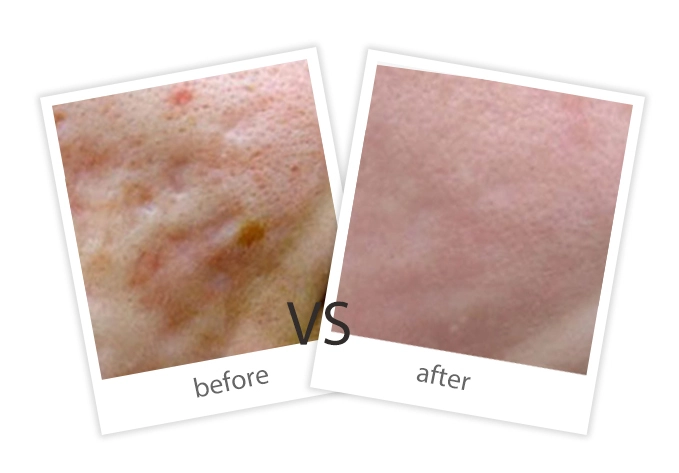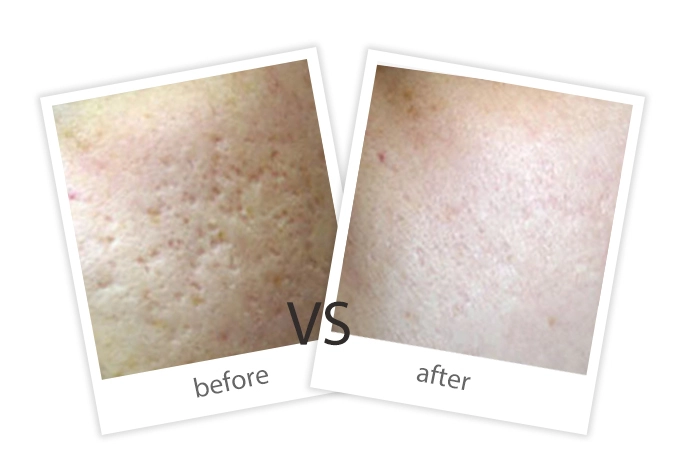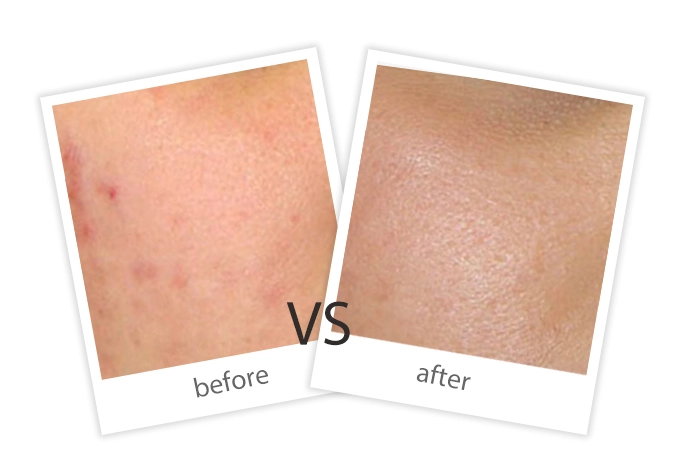Acne Scar
Tattoo removal treatment is a procedure done to try to remove an unwanted tattoo. Common techniques used for tattoo removal include laser surgery, surgical removal, and dermabrasion. laser treatment for tattoo removal works to break up pigment for permanent removal of the ink. As laser energy works to slowly break up and release the pigment from the skin. With each treatment, your tattoo will slowly fade away. After a course of treatments, your tattoo will be virtually unnoticeable, without harm to your skin.
Much more common, and most displeasing are acne scars. But these scars can be fixed in some ways like ablative lasers such as Professional Fractional Co2 Laser Machine,Multi-Functional Gold RF Micro-needle.
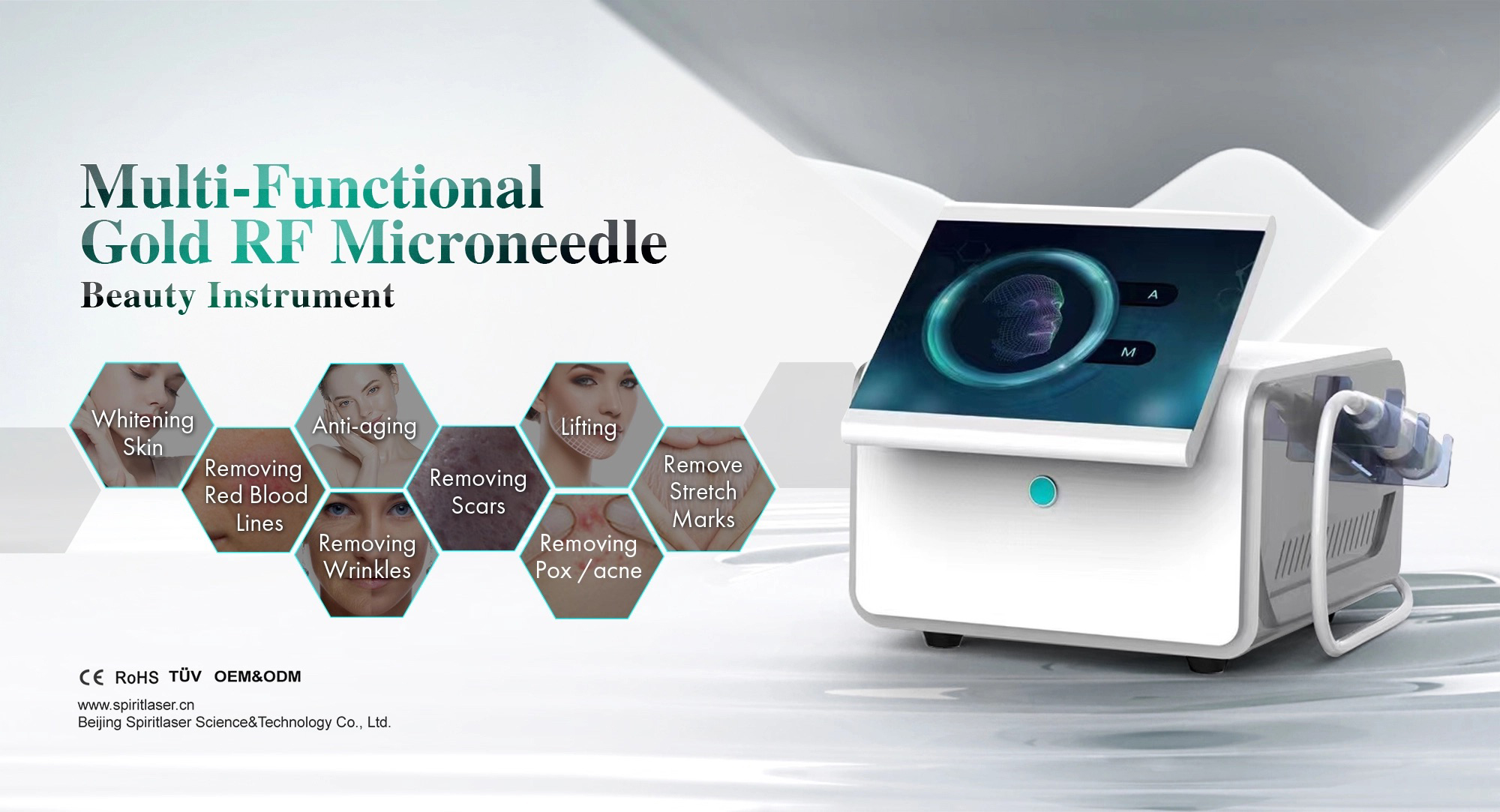
Those acne scars are caused by a loss of tissue (atrophic scars), and those caused by an excess of tissue (hypertrophic scars). Within these categories, there are four main types of acne scars: ice pick, boxcar, rolling, and keloid scars.
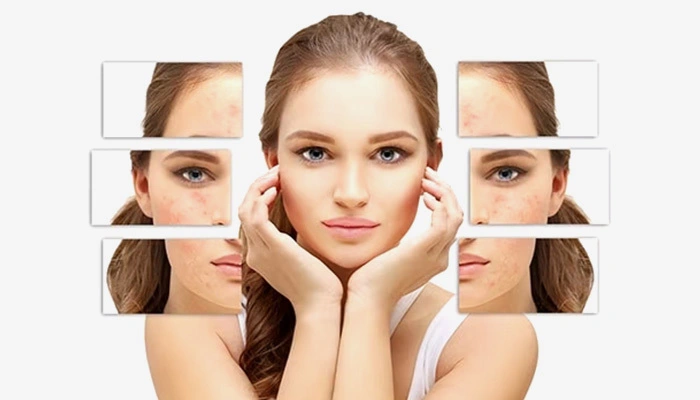

Ice Pick Scars
Ice pick scars are deep, very narrow scars that extend into the dermis. The skin looks as if it has been pierced by an ice pick or sharp instrument. The ice pick scars seem to make a small, thin, deep hole into the skin. Some may look like a large, open pore.
Boxcar Scars
Boxcar scars are round or oval depressions with steep vertical sides. Wider than ice pick scars, boxcar scars give the skin an uneven, pitted appearance.
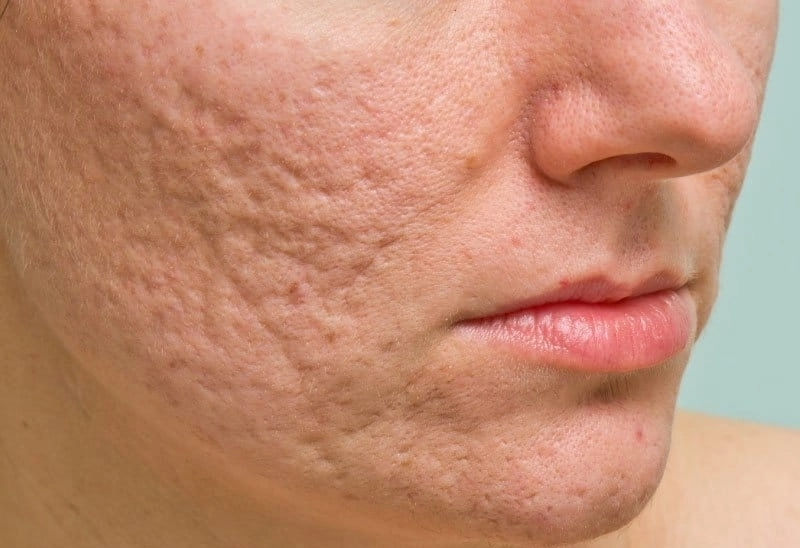

Rolling Scars
This type of scarring causes rolling or wave-like depressions across otherwise normal-looking skin. Rolling scars differ from boxcar scars in that they aren’t sharply defined. The skin itself looks uneven and craggy.
Hypertrophic and Keloid Scars
Hypertrophic scars are raised, firm scars that grow above the surface of the skin. The hypertrophic scars caused by acne are most often found on the torso, especially in men, but they can happen anywhere on the body. Hypertrophic scars are more common after a deep wound or trauma.
Keloids are a more severe type of raised scar. They differ from hypertrophic scars in that keloids grow larger than the original wound. They can send outraised, lateral shoots that expand much farther than the wound itself, and can continue to grow long after the original wound has healed. Some people are more prone to developing keloids.

Acne Scars Treatment
Acne Scars Treatment Before & After Pictures
